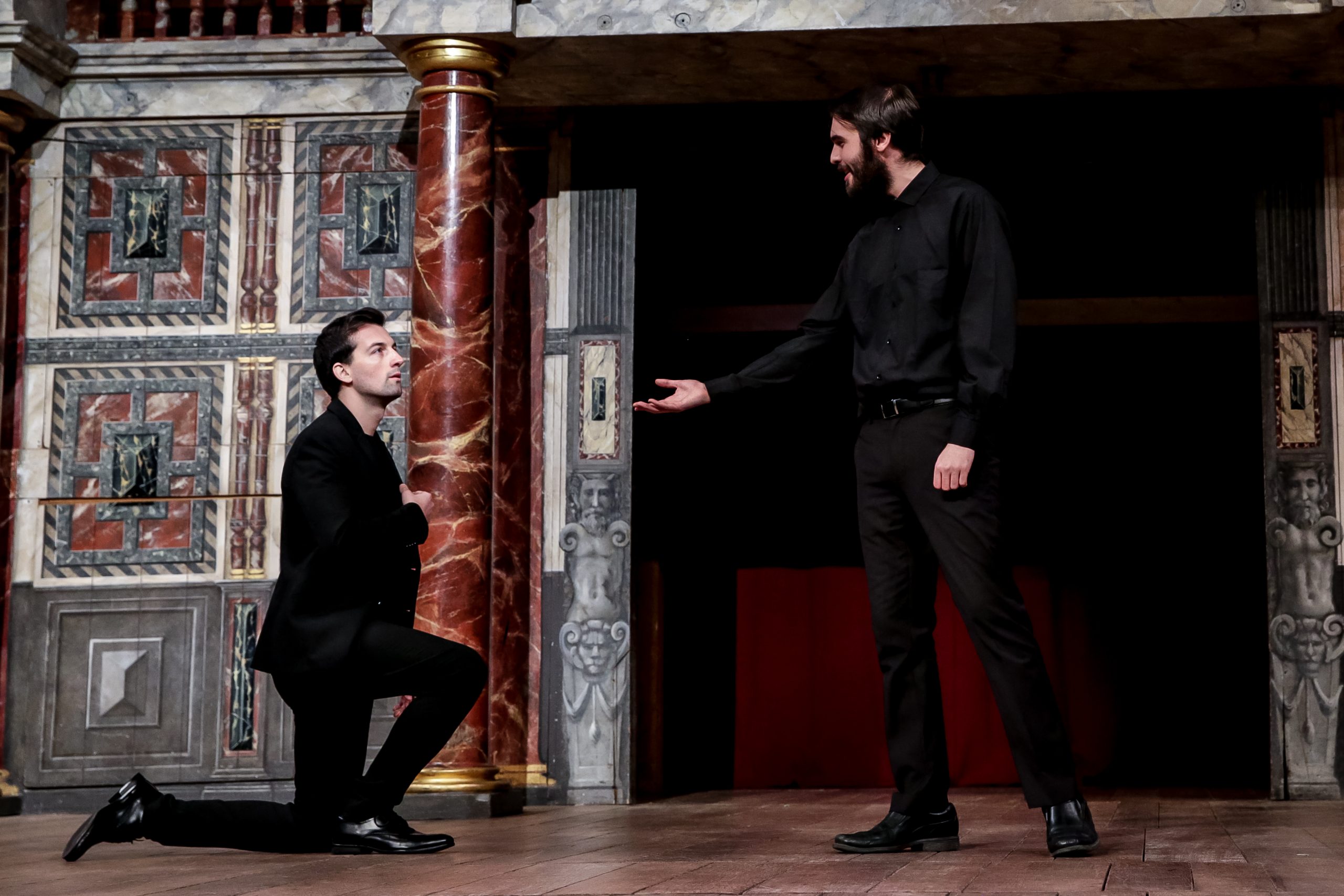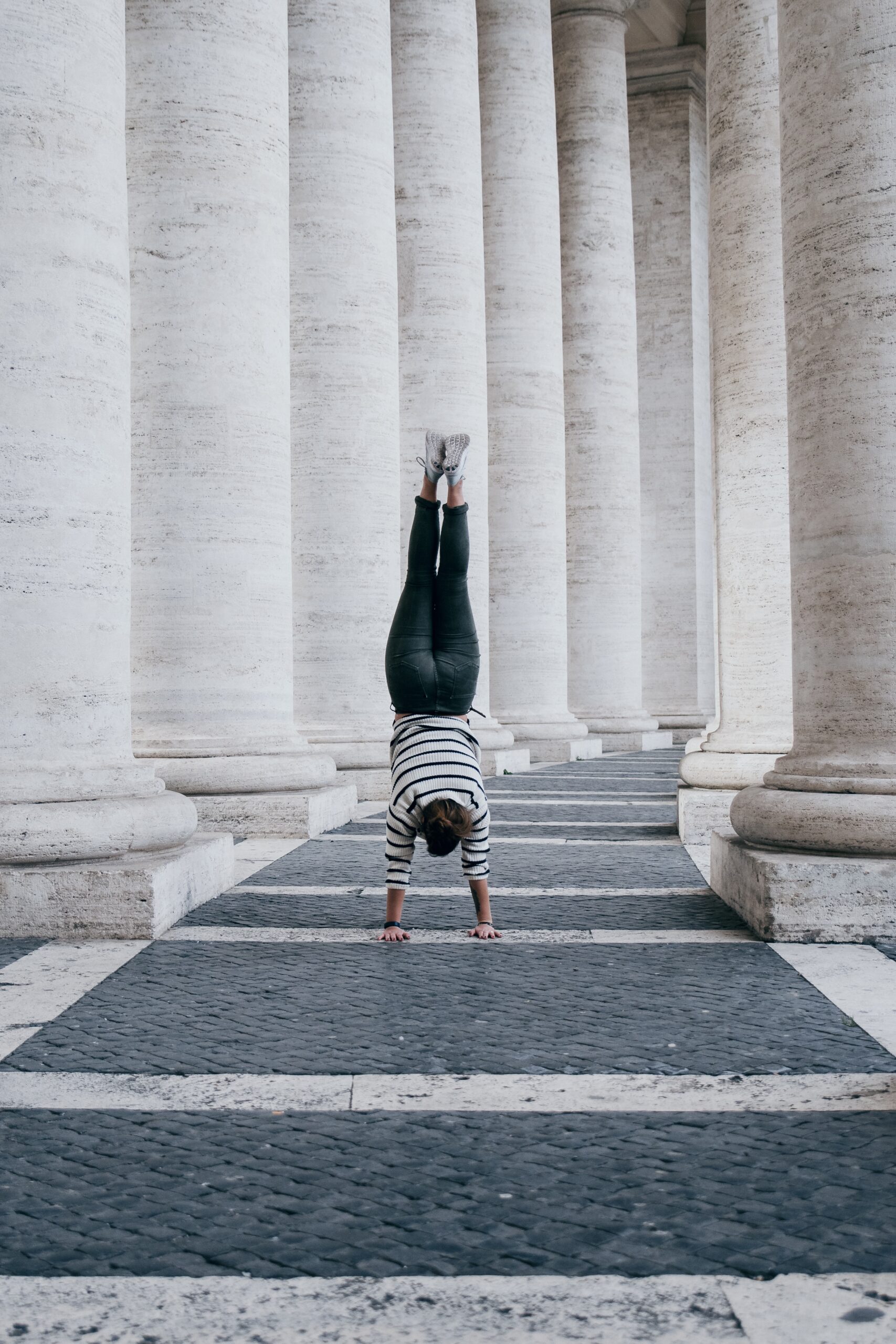Module 1: Foundations of LABAN Techniques
Week 1: Introduction to Rudolf Laban
- Historical context: Laban’s impact on dance, theatre, and movement analysis
- Theoretical exploration: Laban’s life, theories, and contributions
- Group discussion: Identifying the relevance of Laban techniques in contemporary performing arts
Week 2: LABAN’s Movement Fundamentals
- Detailed study of Weight: Variations and expressions in movement
- Practical session: Embodying and interpreting Weight qualities
- Analysis: How Weight influences character portrayal in theatre
Week 3: LABAN’s Movement Fundamentals (Continued)
- Exploration of Time: Understanding rhythmic elements in movement
- Practical exercises: Expressing different Time qualities through movement
- Application: Incorporating Time variations in solo and group exercises
Week 4: LABAN’s Movement Fundamentals (Continued)
- Space in movement: Concepts of personal, general, and performance space
- Practical session: Navigating and utilizing different levels and dimensions of Space
- Group discussion: How spatial awareness enhances stage presence
Module 3: Holistic Understanding of LABAN
Week 9: Interconnected Elements of LABAN
- Recap of Effort, Space, Shape, and Relationship components
- Practical integration: Creating movements that seamlessly combine multiple LABAN elements
- Scene analysis: Exploring how interconnected elements enhance storytelling in scenes
Week 10: Applying LABAN to Scene Work
- Practical scene work: Integrating LABAN techniques into scripted and improvised scenes
- Peer collaboration: Developing group scenes that highlight LABAN principles
- Scene deconstruction: Analyzing the impact of LABAN techniques on overall scene dynamics
Week 11: Applying LABAN to Scene Work (Continued)
- Advanced LABAN concepts: Exploring Laban’s extended Effort qualities
- Practical applications: Integrating advanced LABAN concepts into scene work
- In-depth analysis: Assessing the subtleties and nuances added by advanced LABAN techniques
Week 12: Synthesis and Scene Presentation
- Group preparation: Finalizing scenes for presentation
- Scene presentation: Showcasing scenes that incorporate LABAN techniques
- Feedback session: In-depth analysis and constructive feedback on scene presentations
Module 5: Practical Application and Performance Integration
Week 17: Creative Exploration in Performance
- Individual projects: Participants create solo performances incorporating LABAN techniques
- Workshop: Exploring LABAN-inspired improvisation for creative expression
- Feedback and refinement: Peer and instructor feedback for further creative exploration
Week 18: Collaborative Engagement in Final Performance
- Group project initiation: Collaborative planning for a final performance piece
- Rehearsals: Integrating LABAN techniques into the collaborative production
- Technical aspects: Incorporating lighting, sound, and stage design to enhance performances
Week 19: Final Performance Rehearsals and Refinement
- Intensive rehearsal phase: Fine-tuning movements and scenes for the final performance
- Technical rehearsals: Coordination with technical teams for seamless integration
- Feedback loop: Continuous refinement based on feedback from peers and instructors
Week 20: Final Performance Showcase and Reflection
-
- Culmination: Presentation of the final collaborative performance
- Audience feedback: Gathering insights from audience members
- Reflection session: Participants share personal reflections on the entire course journey









